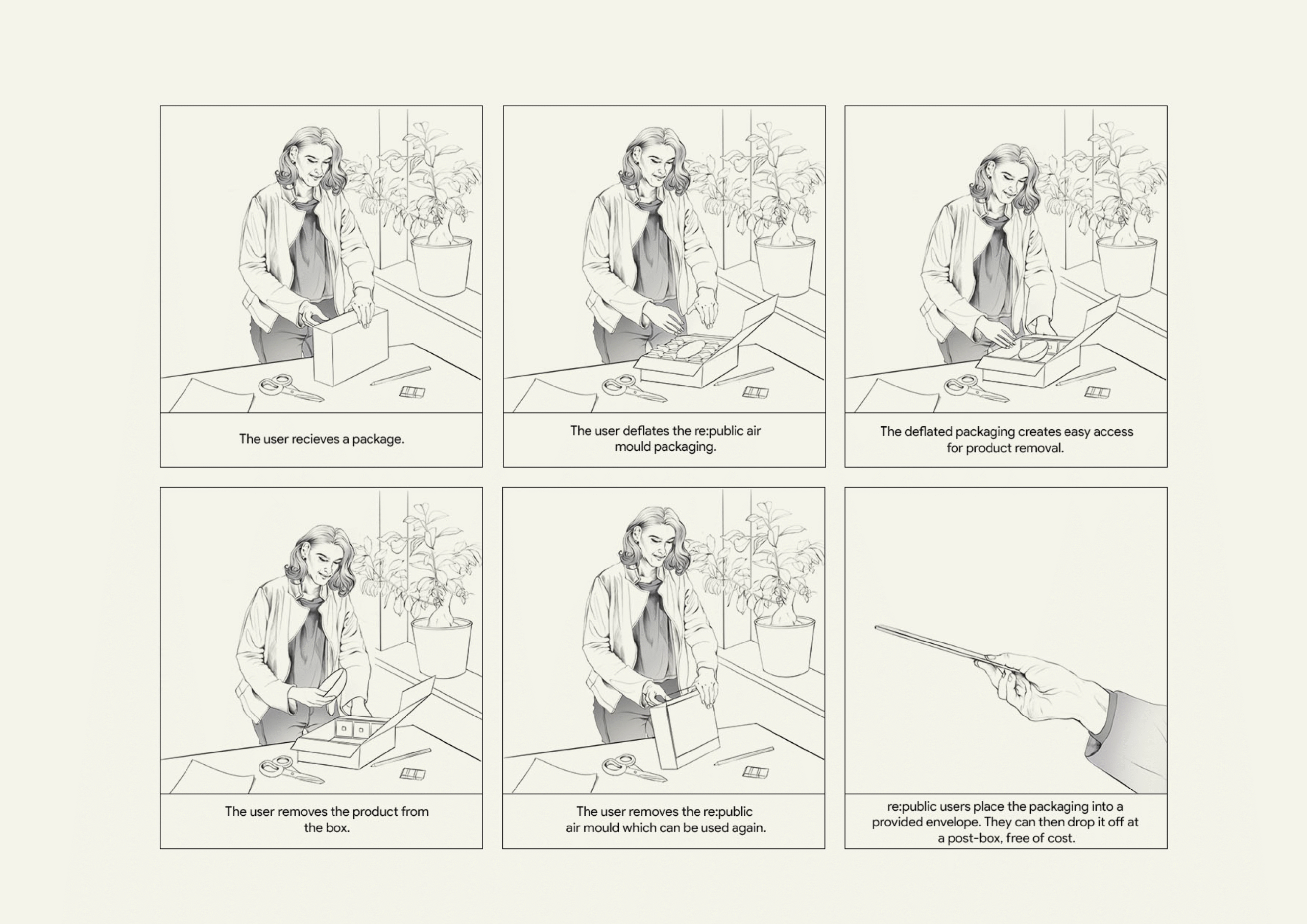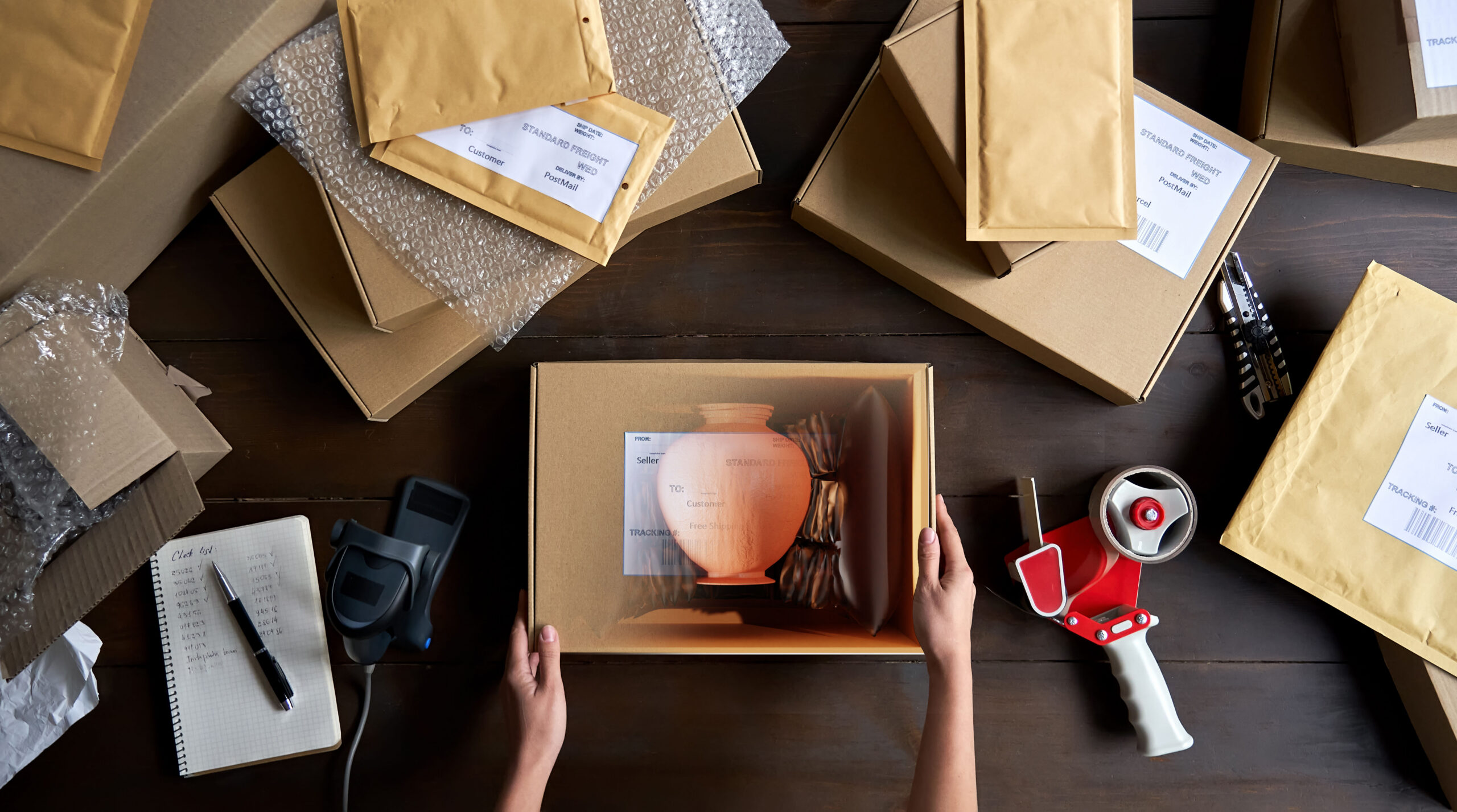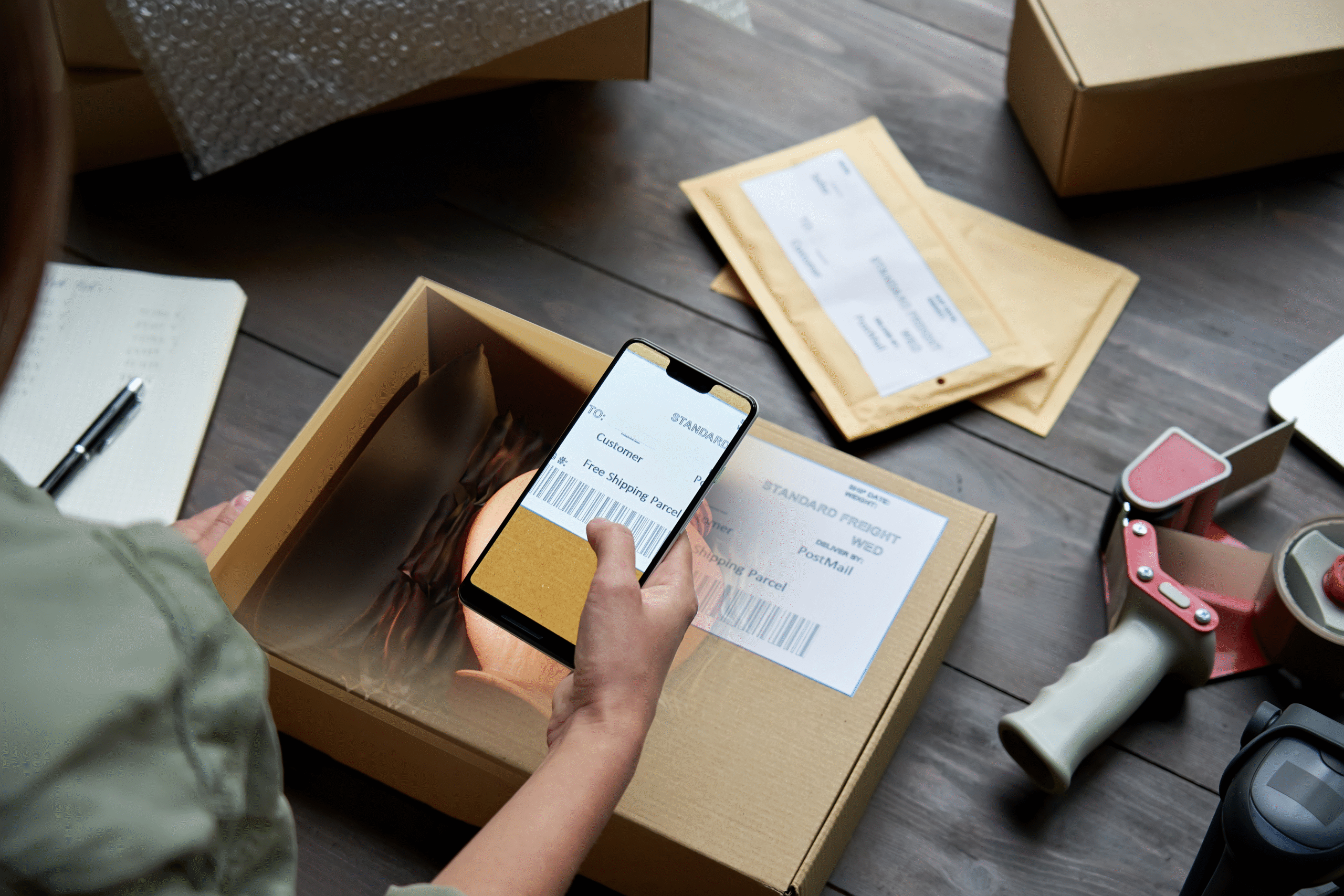re:public
Date: March September 2022
Duration: 6 months
Role: UI/UX Designer
Focus: Design a packaging concept which can facilitate multiple life cycles, aid in co-creation and has features of modularity. It should be durable, versatile, somewhat inexpensive and easy and efficient to use.
The “re:public” air mould, is a reusable and universal form of packaging/dunnage packaging for the public. The inflatable aspect of the product makes it such that the packaging effectively “moulds” to the form of the product/merchandise it is trying to protect and in doing so, it secures the cargo and protects it from impact. As a result, it is easy to deploy and to use. It can be used and deployed individually or an accompanying reusable box. The packaging come with an end-of-life guarantee as re:public takes back all the packaging, guaranteed. Damaged packages are upcycled to new products or material is recycled.
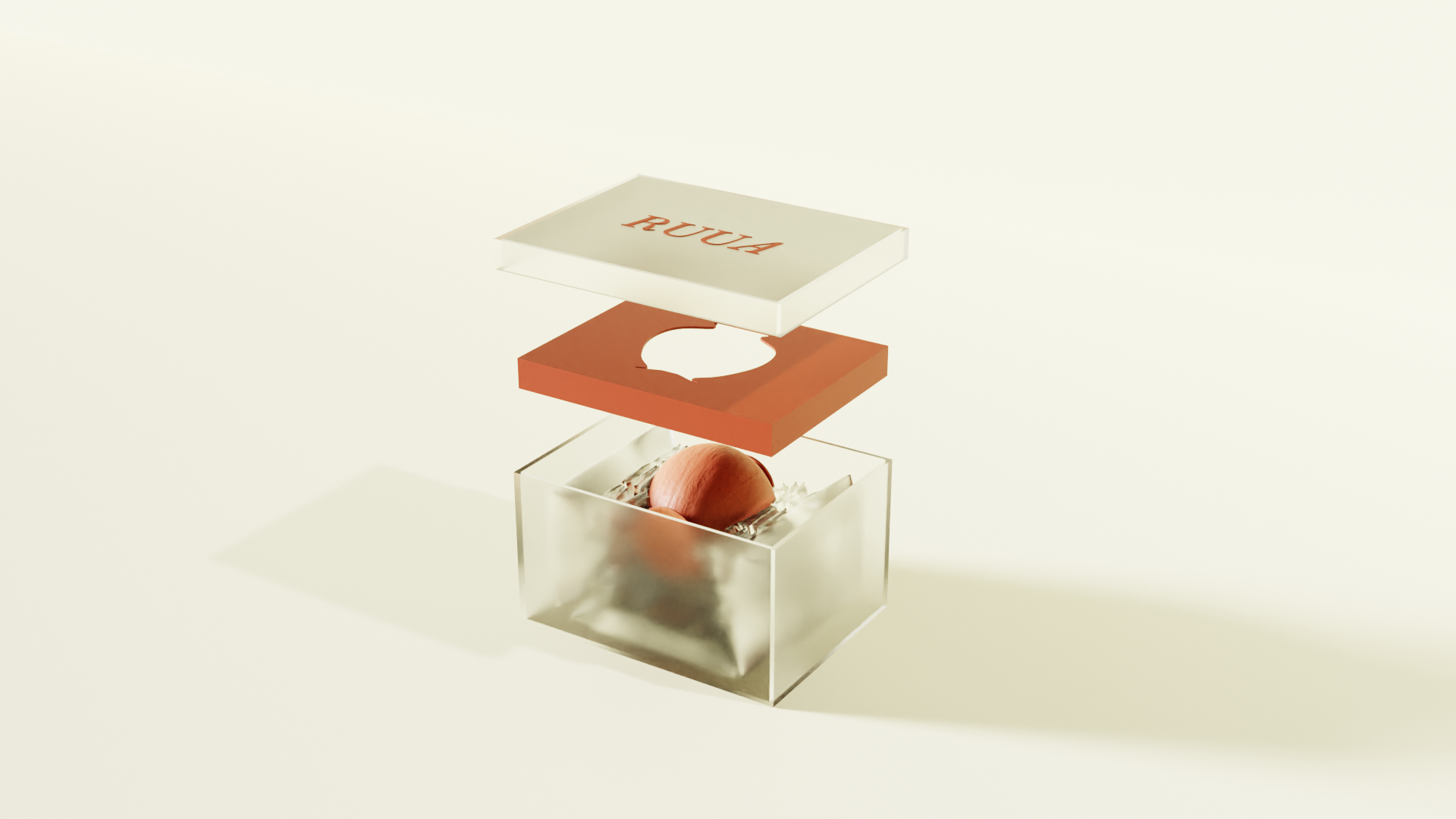
Identified Problem
The base interest of this project was formulated by the observational research acquired through photographic diary accounts of local behaviour towards disseminating waste. The most common type of waste recorded was that of packaging and protective/dunnage waste – which eventually lends itself to be the focus of this project. This awareness generated further interest to investigate waste design flaws and reasons as to which the problem persists.The crux of the problem with packaging lies in its function as a “single-use” auxiliary device. According to Repak, Large online retailers continue to evade environmental recycling responsibility.
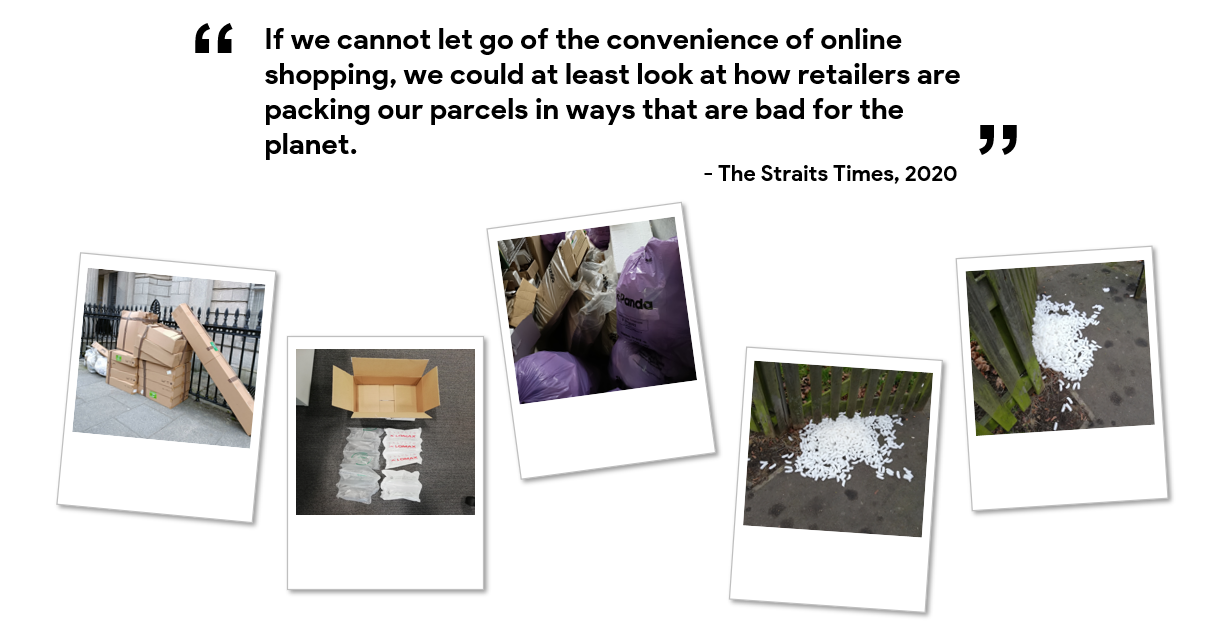
Packaging Life Cycle
The current life cycle of dunnage packaging caters to a Linear Economy where it advocates for a take-make-waste model. Therefore, the use of dunnage packaging is akin to that of “single-use” plastic bags. Similar to how single-use plastic bags were phased out and reusable bags introduced – could the same methodology be applied dunnage packaging/packaging in general ?
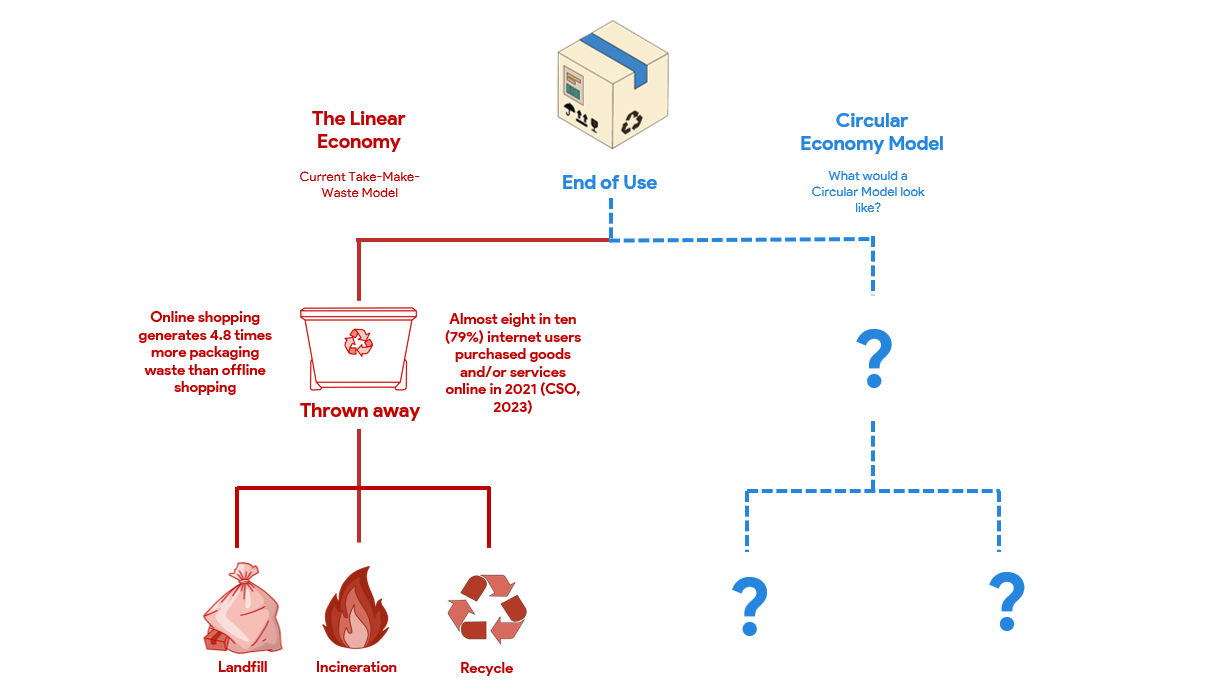
A Market Ripe For Innovation
“The best packaging is no packaging.”
As of now, 91% of packaging ends up in landfill or the environment. The EU has implemented interventions to stop this with various directives. Incoming regulations stipulate that 10% of e-commerce packaging must be reusable by 2030 and 50% of it by 2040. E-commerce retailers will have to ensure that empty space in a box is a maximum 40% in relation to the product – which means that packaging has to space efficient and reusable; both of which “re:public” can offer. Styrofoam (which is the current offering) is also slowly being phased out internationally due to its carcinogenic and polluting effects on both wildlife and humans.
The other “sustainable” alternatives all require time and resources to design and customise the infills – and even then they are not guaranteed to be reused.
There is a huge opportunity for market disruption with a reusable offering, in particular as legislations are becoming more stringent and regulated.
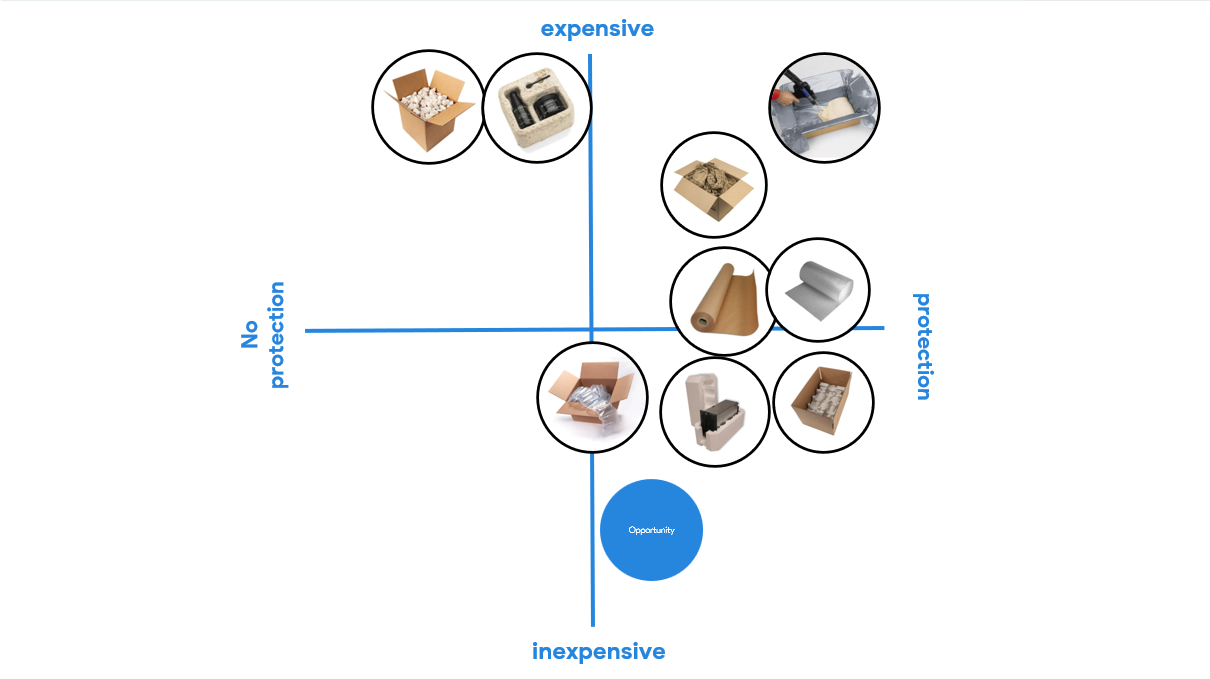
Ideation
Ideas were generated via methods like “crazy 8’s” and “scamper.” From these concepts, research into their viability via technological capabilities, trends and academic research were undertaken and this helped the refinement and selection process. The inflatable structural industry was a point of interest as it provides an elegant engineering solution where the products are simple, require few mechanical parts, pack tightly and take up very little volume.
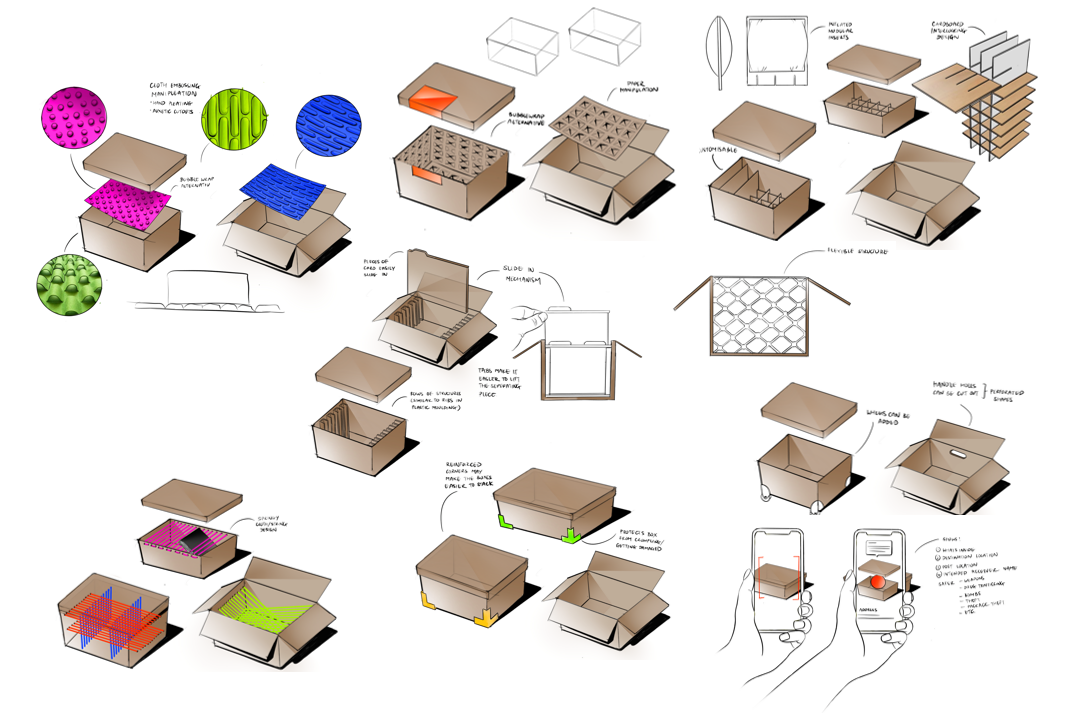
Prototyping
“Heat sealing” was tested to ascertain its suitability in use for an inflatable packaging concept and its coveted material characteristics. The heat sealing method worked with the food grade heat sealing machine. This seal then allowed the structure to be inflated. The plastic chosen made sure that the structure was also water repellent. As a result, the experiment was deemed a success.
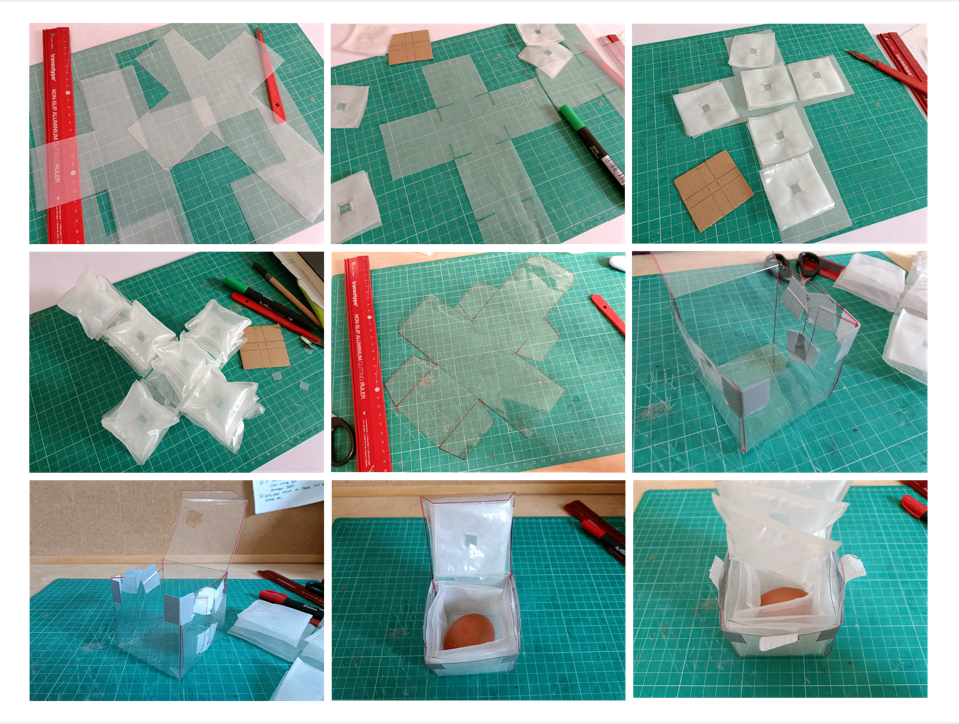
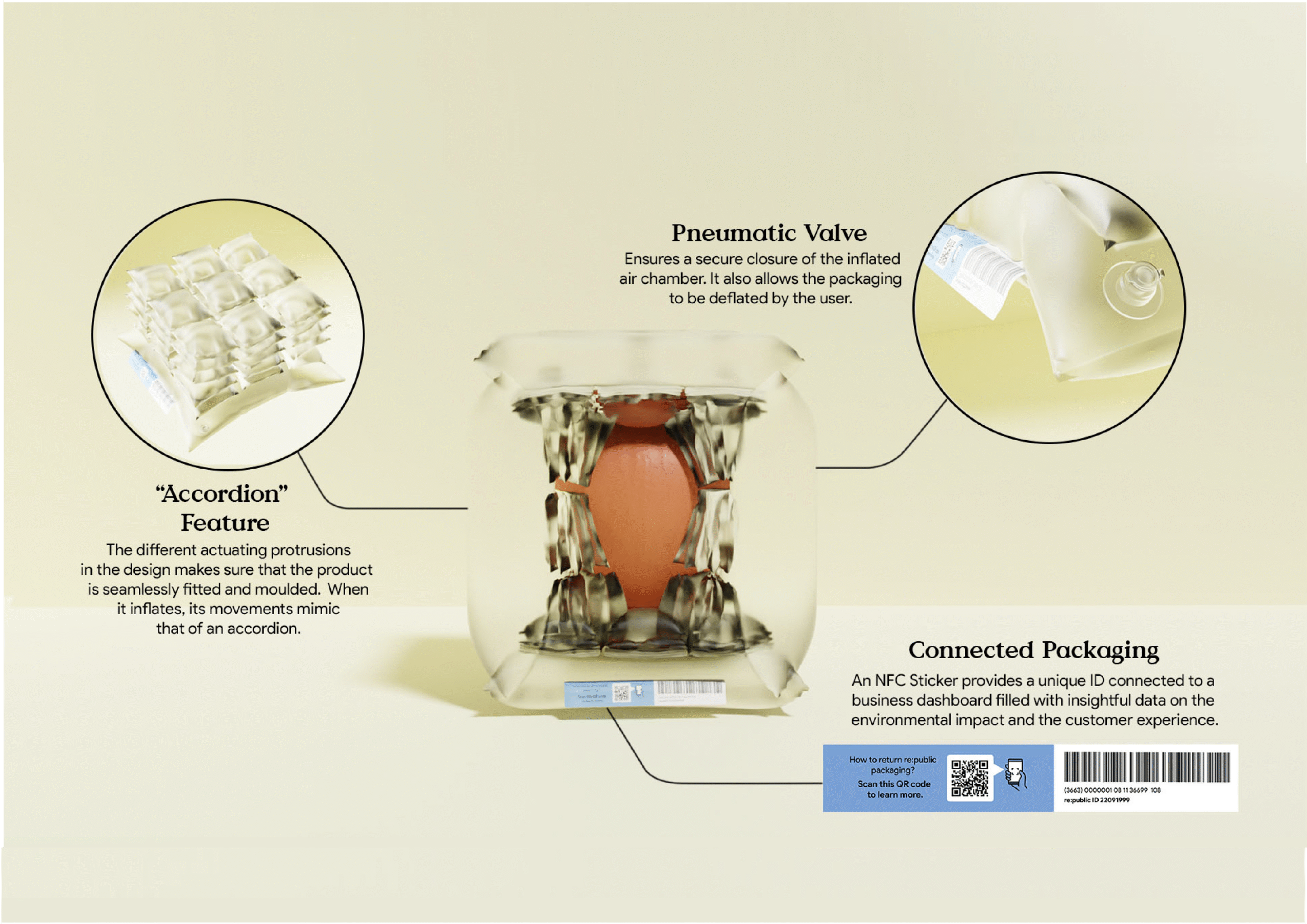
Connected Packaging
re:public packaging is connected to ensure adherence to the service protocol, product status and to gauge the maintenance that is required for each reuse. The customer can view this information via a smartphone by scanning the product. This can also:
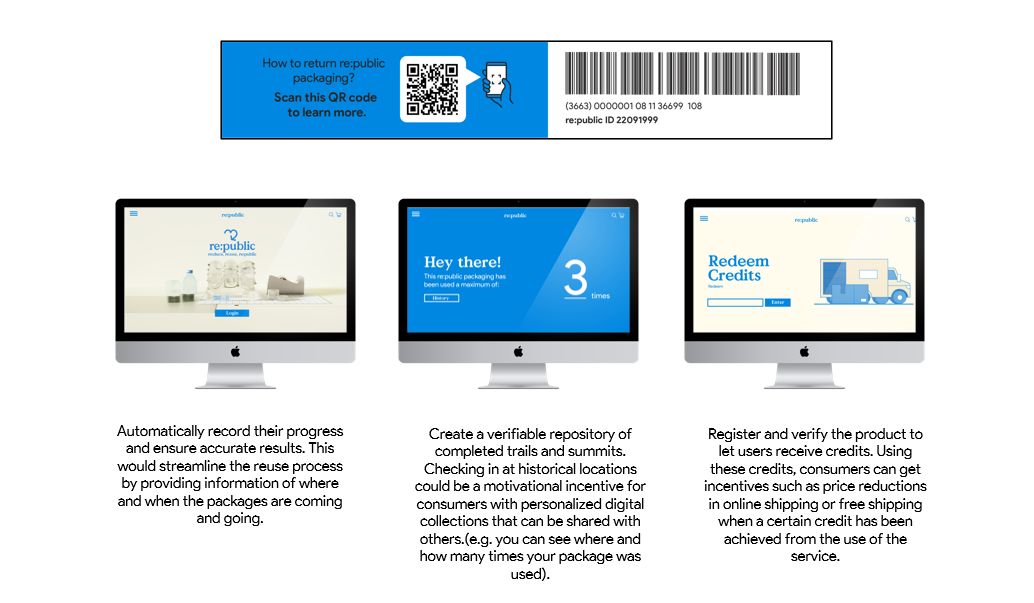
Product as a Service
re:public works vis a PaaS service. In the Product as a Service (PaaS) model, re:public retains ownership over the physical asset and leases it out to customers who pay a time-or use-based subscription fee. If the packaging concept is damaged it can be returned, recycled and repaired and brought back to working order. In this way, companies can adhere to the legislations and directives induced by governments and also appear sustainable to their consumers.
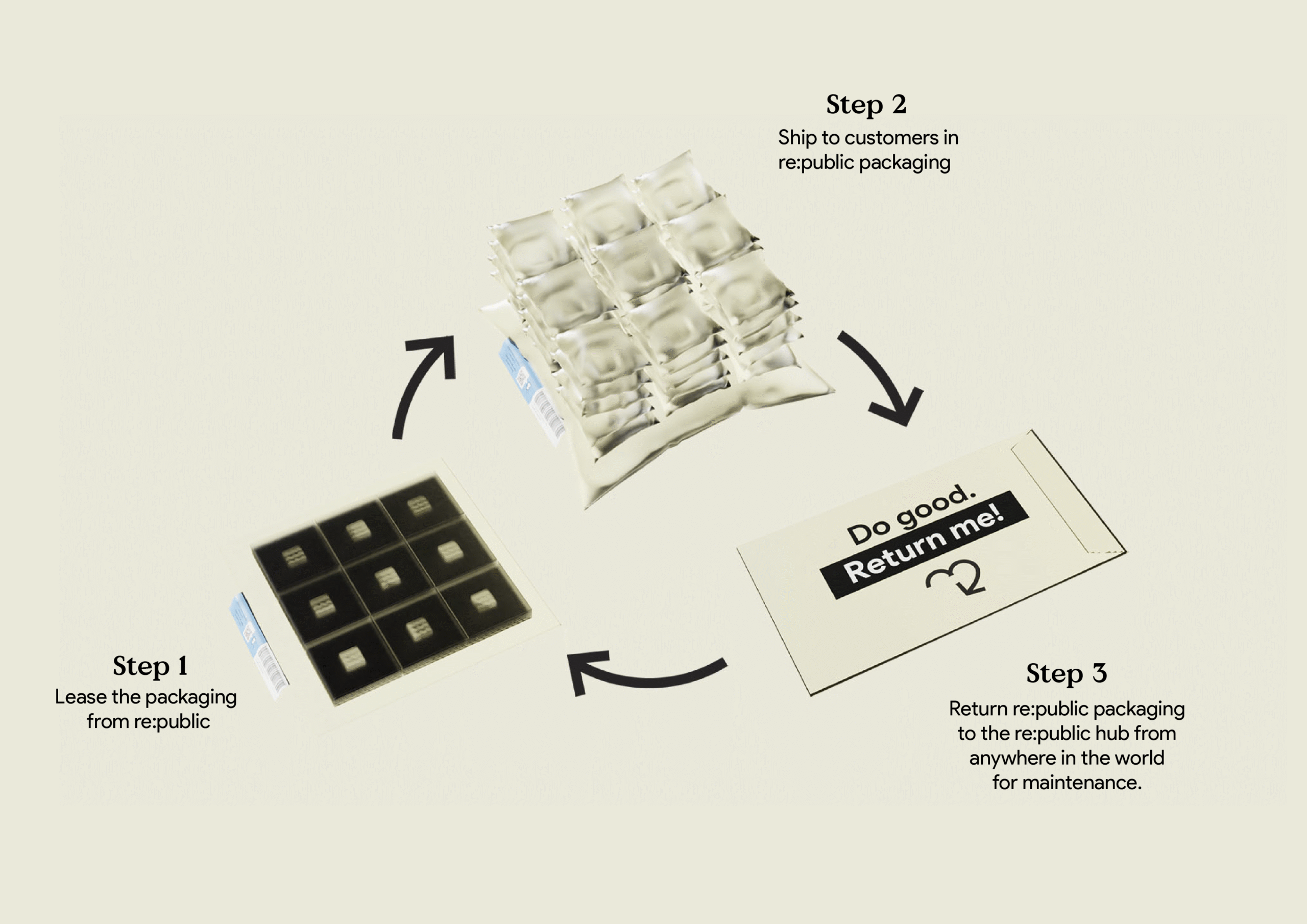
Storyboard
To positively and significantly affect and contribute to the sustainability movement, a fundamental rethinking and restructuring of product design, production and post-use must be considered. The restoration of the “reuse/milk-man system” has important implications for product design in terms of product diversity for different user needs.
